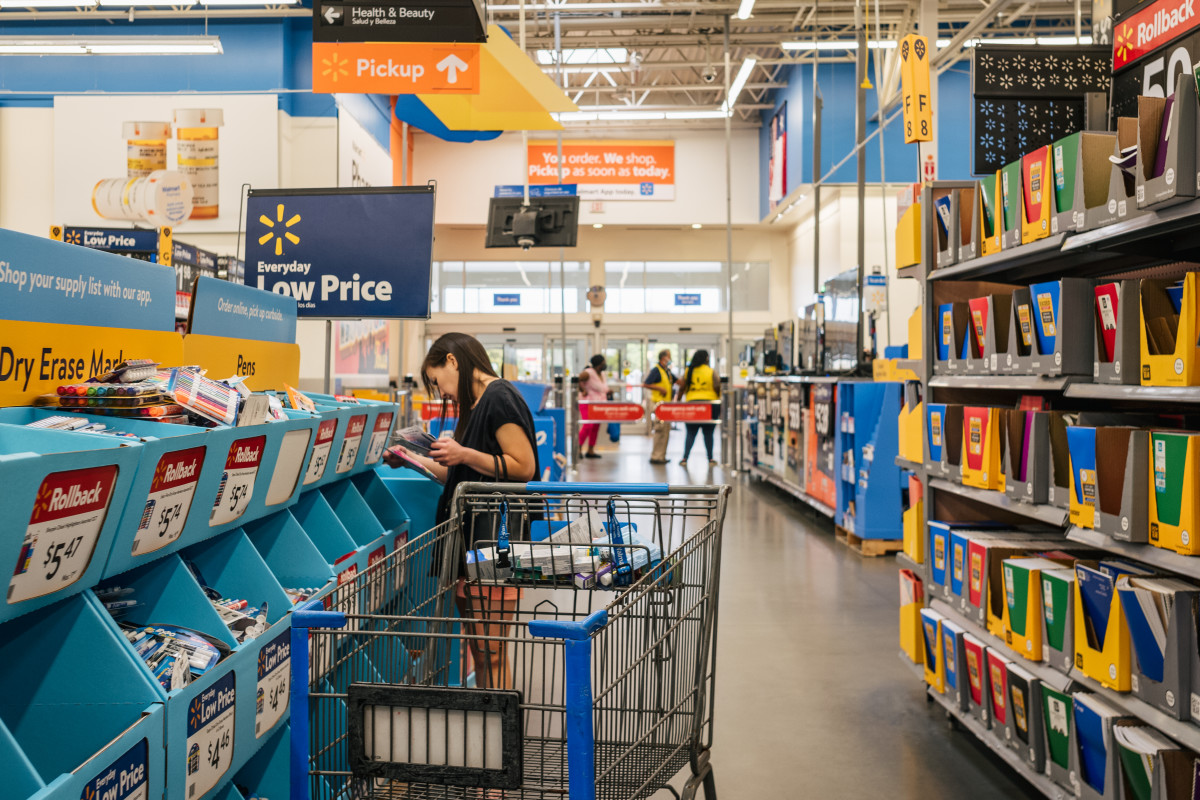
One hundred years ago, people might have predicted we'd have flying cars, robot butlers, and cities on the moon.
And while those advances haven't quite happened yet, we've certainly got the next best thing: online shopping.
Related: Home Depot about to make a major change all shoppers must know about
With just a few clicks on the keyboard or mobile phone, a vast swath of the planet's population has access to millions of goods and services. Within days – or in some cases, hours – many of those goods and services can be delivered right to our doorstep without us having to do so much as change out of our pajamas.
It's taken us a lot of time, iteration, and tech billionaires to get here. But online shopping is quite literally what got many of us through the covid pandemic as we were ordered to shelter in place and most brick-and-mortar stores were shuttered for months.
It should come as no surprise, then, that the retailers who made it through the pandemic are mostly the ones who had successful online fulfillment programs either already in place by 2020, like Amazon (AMZN) -), or who rapidly scaled up online shopping capabilities, as Walmart (WMT) -) did.
One of Walmart's unique competitive edges is that it already has a store within 10 miles of 90% of the population; those stores double as fulfillment centers quite well. So well, in fact, that its online shopping revenue increased from $25.1 billion in 2020 to $64.9 billion in 2021 – a mammoth jump that somehow manages to continue its increase even to this day.
And Walmart keeps looking for more ways to stay ahead; online shopping grows more competitive by the day, and with Amazon adding more items to its same or next day delivery capabilities, it must continue to delight customers to keep them coming back.

Walmart expands a key customer success feature
After experimenting internally with a new artificial intelligence tool for its employees, Walmart is ready to roll the feature out to the public. The tool functions as a sort of virtual shopping assistant, helping online customers navigate search properly, offering advice and design assistance, and giving product suggestions.
It functions both ways, too. Customers can also directly input questions into the search bar – similar to how they might using ChatGPT – and get answers quickly.
One might utilize the feature by asking how they could throw a themed party or which headphones might be right for them, depending on what they're using them for on a daily basis.
Walmart is also experimenting with an interior design tool, which will take a photo of a room or layout and offer design interpretations and suggestions. It will use a variety of factors to make qualitative decisions, such as budget, vision and theme.
Walmart also has an AI app available to its employees called My Assistant, which helps them process paperwork and carry out other day-to-day corporate tasks.
“Generative AI technology is a priority for the company,” a Walmart spokesperson said.







